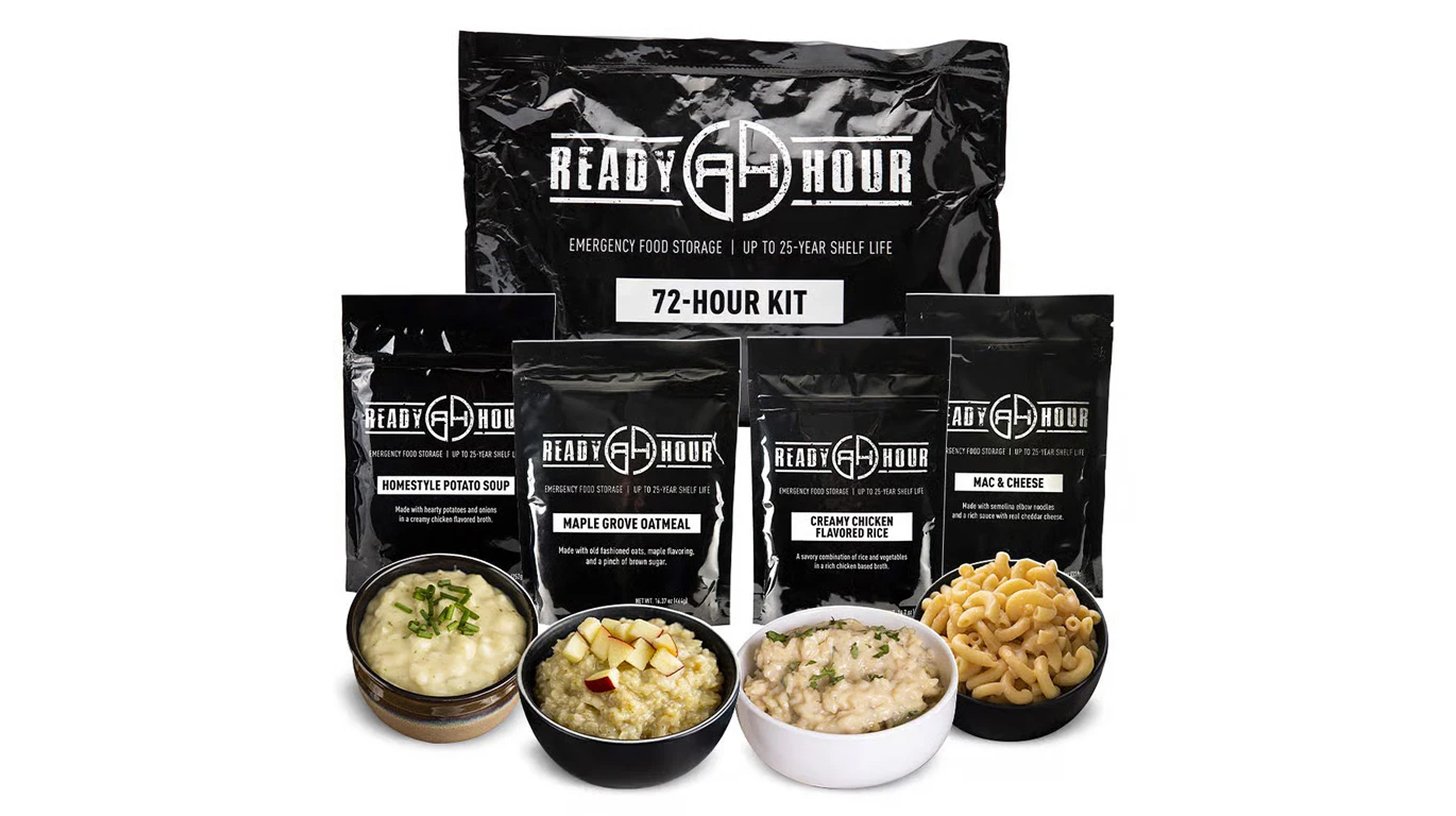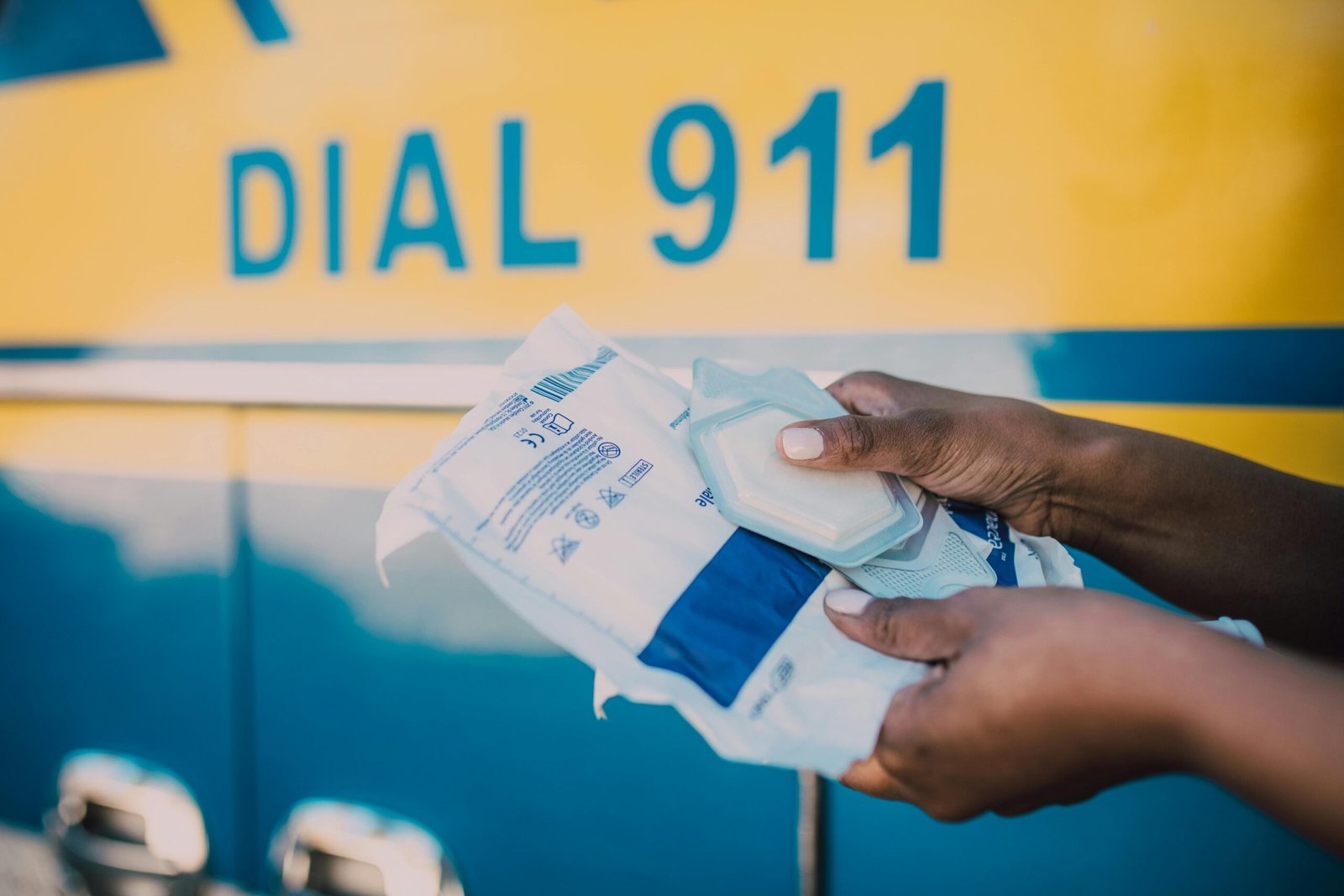Disasters may be unpredictable, but their impact doesn’t have to catch you off guard. Whether it’s a natural hazard or a man-made emergency, preparation is your strongest defense. This guide walks you through 10 essential steps to disaster preparedness, from assessing risks and assembling survival kits to building strong community networks.
With a clear plan and the right tools, you can protect your household, workplace, and community from the chaos of unexpected crises.
Step 1: Assess Risks and Identify Hazards
The first step to disaster preparedness is knowing what you’re up against.
How to start:
- Identify local hazards like floods, earthquakes, storms, or wildfires
- Map critical infrastructure such as hospitals, schools, and police stations
- Evaluate your community’s vulnerabilities (e.g., aging power grid, flood-prone areas)
- Use GIS platforms (like ArcGIS Online) to monitor real-time incident data
- Document and prioritize risks for fast decision-making
Why it matters:
Understanding local hazards helps you create targeted response plans and allocate resources effectively. Digital mapping tools can even show live updates on shelter locations, road closures, or damage assessments during emergencies.
Step 2: Create a Family Emergency Plan
Once you know the risks, make sure your family knows exactly what to do if disaster strikes.
Key elements:
- Establish meeting points (one near your home and one outside your neighborhood)
- Assign responsibilities (who grabs the pets, who checks on elderly relatives, etc.)
- Choose an out-of-area emergency contact everyone can check in with
- List emergency phone numbers and keep copies in wallets and phones
Pro tip:
Practice your plan at least twice a year so everyone knows it by heart. A practiced plan reduces confusion and panic when seconds matter.
Step 3: Assemble a Survival Kit
A survival kit ensures you have everything you need if disaster strikes suddenly.
Essential items:
- Non-perishable food (at least 3 days’ worth)
- Drinking water (1 gallon per person per day for 3+ days)
- First aid supplies and medications
- Flashlights, extra batteries, and emergency blankets
- Multi-tool or utility knife
- Important documents (IDs, insurance papers, bank info)
- Cash in small bills
Helpful tips:
- Follow a 14-day supply model for extended emergencies
- Audit your kit regularly to replace expired food or medications
- Keep your kit lightweight, organized, and easy to carry
Quick resource: If you want a head start on building your kit, the My Patriot Supply 4-Week Emergency Food Kit offers shelf-stable meals designed for long-term storage. It’s part of their National Preparedness Month collection, which can be a useful reference as you build your supplies.
Step 4: Set Up Emergency Communication Channels
During a disaster, traditional communication systems may fail. Having backups keeps everyone connected.
What to do:
- Collect contact info for family, neighbors, and local emergency services
- Designate a group chat or messaging app for updates
- Invest in battery-powered or hand-crank radios
- Consider walkie-talkies or satellite messengers if cell service is unreliable
Why it matters:
Clear communication prevents misinformation and ensures help can be coordinated quickly when every minute counts.
Step 5: Create a Workplace Crisis Response Plan
Businesses can’t afford to be unprepared. A crisis plan keeps employees safe and minimizes disruption.
Key steps:
- Define clear communication channels
- Assign emergency roles to staff
- Establish a safe on-site meeting area
- Schedule regular safety audits and emergency drills
Checklist to track:
| Action Step | Key Considerations |
| Emergency Communication | Clear, redundant messaging |
| Safety Drills | Frequent practice and tracking |
| Equipment Checks | Scheduled maintenance |
Step 6: Plan Your Home Evacuation Routes
Evacuation plans save lives. Everyone in your household should know where to go and how to get there.
How to build your plan:
- Identify at least two escape routes from every room
- Plan for pets, people with disabilities, and young children
- Locate the nearest emergency shelters or safe zones
- Practice walking or driving the routes regularly
Bonus tip:
Keep a printed map with your evacuation routes marked. GPS may not work during power outages or network failures.
Step 7: Build a 14-Day Supply System

Short-term kits are essential, but long-term readiness matters too.
What to include:
- 14 days of non-perishable food
- 14 days of safe drinking water
- Prescription medications and first aid supplies
- Hygiene products (toilet paper, soap, sanitizer)
- Backup power sources and emergency radios
- Copies of vital documents and digital backups
Pro tip:
Pre-packaged emergency food kits can help you build your stockpile quickly and reliably. My Patriot Supply’s National Preparedness Month collection includes ready-made long-term food storage options that can take the guesswork out of stocking essentials.
Step 8: Conduct Regular Safety Drills
Even the best plan is useless if it’s not practiced. Drills make preparedness automatic.
Types of drills to run:
- Home fire and evacuation drills
- Earthquake “drop, cover, and hold on” practice
- Storm shelter-in-place drills
- First aid and CPR refreshers
Keep in mind:
Run drills at least twice a year and rotate scenarios to cover different types of disasters. The more familiar everyone is, the calmer they’ll be during the real thing.
Step 9: Strengthen Community Resilience
Disaster preparedness is stronger when it’s shared. Build a support network and educate your community.
Ways to build resilience:
- Organize community preparedness workshops
- Partner with local emergency services and volunteer groups
- Share safety information through neighborhood apps or social media
Why this works:
When neighbors know how to respond and support each other, recovery is faster and more effective. A connected community is a resilient community.
Step 10: Review and Update Your Plan Regularly
Preparedness is not one-and-done. Plans and supplies can go out of date quickly.
Maintenance tips:
- Review your plan quarterly and fully update it every year
- Replace expired food, medications, and batteries
- Update contact lists and evacuation routes
- Adjust for new risks (new family members, pets, medical needs)
Bottom line:
Consistent updates keep your plan relevant and reliable when you need it most.
Final Thoughts
Preparedness is not just about reacting to emergencies—it’s about building resilience before they happen.
By following these 10 steps, you can:
- Anticipate and assess risks
- Protect your home and workplace
- Support your community’s safety
A well-thought-out disaster plan turns uncertainty into action and fear into confidence. Start small, stay consistent, and review your plan regularly to keep it effective.
FAQs
What are the 10 steps of disaster preparedness?
Risk assessment, family safety planning, survival kit assembly, communication setup, workplace crisis planning, home evacuation planning, 14-day supply stockpiling, safety drills, community resilience building, and regular plan reviews.
What should go in a disaster kit?
Non-perishable food, water, first aid supplies, flashlights, batteries, blankets, multi-tools, important documents, and cash.
How often should I review my disaster plan?
Review quarterly and update fully once a year. Refresh expired supplies, update contact info, and test evacuation routes.
How long should emergency supplies last?
Aim for 14 days of food, water, medications, hygiene items, and communication devices. Ready-made kits like the My Patriot Supply 4-Week Emergency Food Kit can simplify this step.

